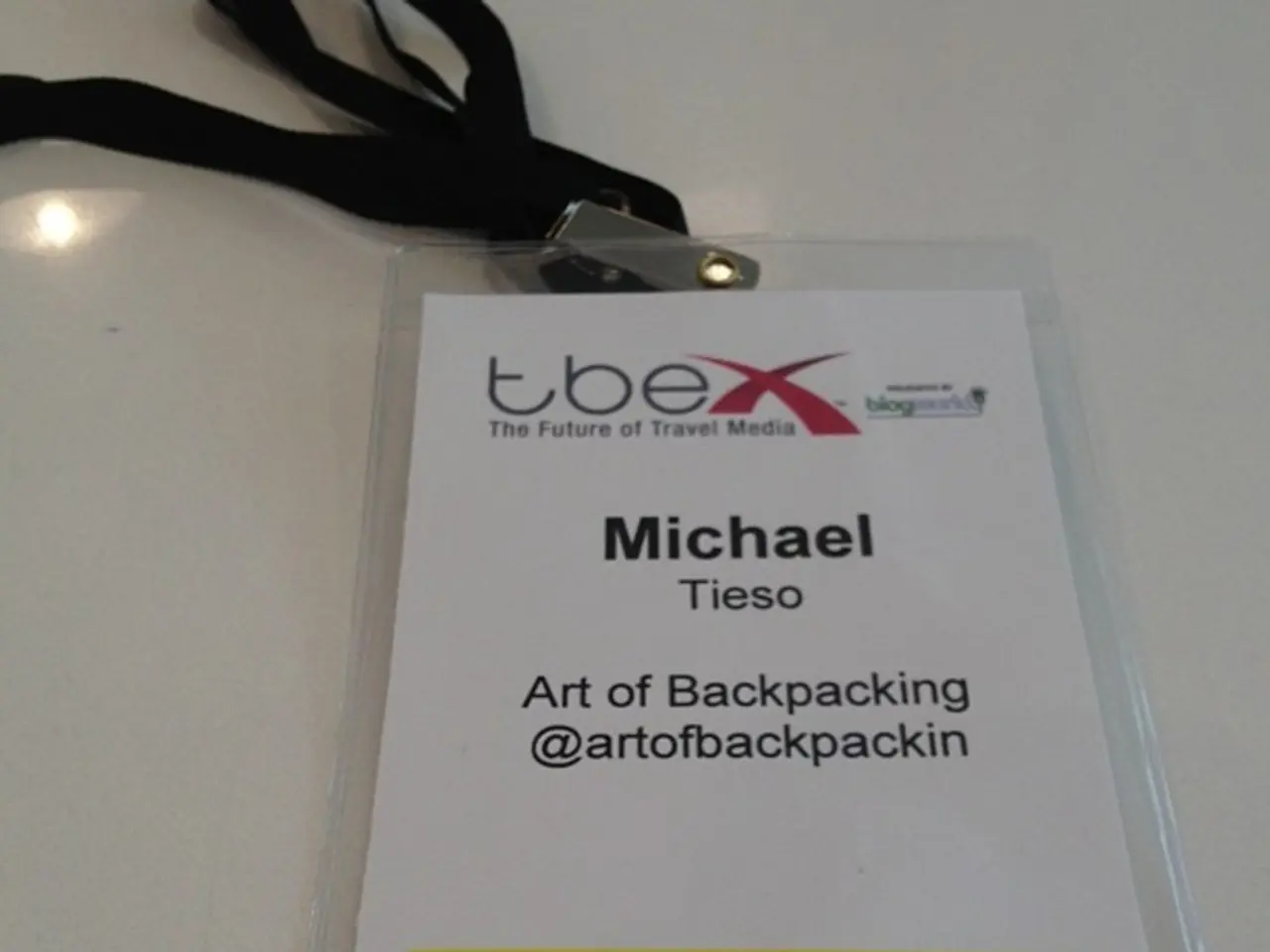AI-Empowered Virtual Stripper Bots on the Increase: The Battle Against Deepfake Misuse
In the digital age, the spread of misinformation and the violation of human rights through technology have become pressing concerns. One such issue is the use of deepfakes, manipulated images or videos created using AI, that pose a significant threat to individuals' privacy and safety.
A leading organization in this fight is the Witness, an international body dedicated to using video and technology to protect human rights. They are at the forefront of combating the spread of deepfakes, working tirelessly to raise awareness about their existence and potential harms.
Raising awareness is crucial in empowering individuals to identify and report such content. Many countries are already taking steps to criminalize the non-consensual creation and distribution of deepfake pornography. Existing laws related to harassment, defamation, and revenge porn can be updated to encompass deepfake-related offenses.
One such organization dedicated to combating online harassment is the Cyber Civil Rights Initiative (CCRI). They work tirelessly to combat the non-consensual distribution of intimate images, including those created through deepfake technology.
High-profile individuals, including celebrities and journalists, have not been spared from this threat. One such example is the discovery of a bot on the messaging app Telegram in 2020. This bot allows users to submit images of clothed individuals and receive back manipulated images depicting them nude. A significant portion of the targets are suspected to be underage.
The bot's ecosystem includes Telegram channels dedicated to sharing and "rating" the generated images. Security researchers at Sensity AI, a cybersecurity company specializing in detecting and mitigating the abuse of synthetic media, estimated that as of July 2020, the bot had been used to target at least 100,000 women.
To combat this, efforts and strategies focus on advanced AI detection systems, real-time verification protocols, regulatory initiatives, and digital literacy enhancement.
Key approaches include AI-based deepfake detection tools, multimodal real-time detection, regulatory and policy measures, and education and digital literacy.
AI-based deepfake detection tools use AI algorithms trained to differentiate real from fake content by recognizing subtle inconsistencies and flaws undetectable to humans. Advanced systems analyze multiple data channels—voice, video, behavioral patterns—to achieve high accuracy in detecting deepfakes during live interactions.
Regulatory and policy measures involve new laws to mandate identification, labeling, or removal of deepfake content on platforms, along with stricter penalties for malicious use. The European Parliament anticipates a rising volume of deepfakes and supports legislative action to curb their spread.
Education and digital literacy aim to improve recognition of deepfakes, helping users resist deception and avoid engaging with harmful content. Enhanced public awareness campaigns and training are key to this fight.
In summary, the fight against deepfake harassment, particularly involving AI-generated nude images on platforms like Telegram, combines evolving AI detection technologies, regulatory efforts, platform governance, and user empowerment through education. This multi-faceted approach is essential in the ongoing battle against the misuse of AI technology.
The Witness, an international human rights organization, is actively combating the spread of deepfakes, using technology to raise awareness about their potential harms. AI-based deepfake detection tools, such as those developed by Sensity AI, can help distinguish real from manipulated content by recognizing subtle inconsistencies.
To curb the spread of deepfakes, regulatory measures are being implemented, like new laws that mandate identification, labeling, or removal of deepfake content on platforms. The European Parliament supports these legislative actions to counter the rising volume of deepfakes.
Education and digital literacy are also crucial in this fight. By improving the public's ability to recognize deepfakes, initiatives like enhanced awareness campaigns and training can empower users to resist deception and avoid engaging with harmful content.
In the case of the bot discovered on Telegram in 2020, which manipulated images of clothed individuals into nude depictions, efforts focus on advanced AI detection systems, real-time verification protocols, and education to combat its widespread use, particularly among underage victims. This multi-faceted approach, involving evolving AI technology, regulatory efforts, platform governance, and user empowerment through education, is essential in the ongoing battle against the misuse of AI technology in broadcasting general-news, crime-and-justice, or generating artificially intelligent content.




